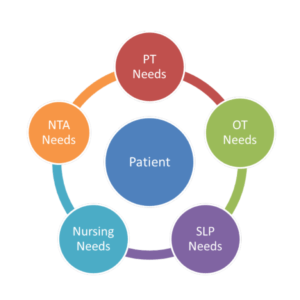Penalties for readmissions could hit low-income regions below the belt
The nation’s most vulnerable healthcare communities, including low-income urban and rural areas, are bracing for the impacts of the upcoming penalties for hospital readmission rates.
The penalties, mandated by the Centers for Medicare & Medicaid Services (CMS), are designed to compel healthcare facilities to improve care quality, reduce infections and cut costs.
But readmission rates are not always the fault of substandard care. Multiple studies since 2008 have shown that readmission rates are heavily influenced by the demographics of the community—especially income levels, race, education and the availability of nearby healthcare services.
Poverty and poor health often are seen hand-in-hand, especially among the elderly. Race is also a major factor, as CMS reported in June. African-America, Hispanic, Asian patients all had higher readmission rates than White patients.
Nursing homes are also in the reform sights; among the CMS data, only 4 percent of patients had stayed in a nursing home for three months or more, yet almost a quarter of those who did stay in a nursing home ended up back in the hospital.
Read more in Medical News Today.
I Advance Senior Care is the industry-leading source for practical, in-depth, business-building, and resident care information for owners, executives, administrators, and directors of nursing at assisted living communities, skilled nursing facilities, post-acute facilities, and continuing care retirement communities. The I Advance Senior Care editorial team and industry experts provide market analysis, strategic direction, policy commentary, clinical best-practices, business management, and technology breakthroughs.
I Advance Senior Care is part of the Institute for the Advancement of Senior Care and published by Plain-English Health Care.
Related Articles
Topics: Accountable Care Organizations (ACOs) , Executive Leadership , Medicare/Medicaid , Regulatory Compliance










